Blog
Explore the Power of Lithium Innovation
Stay updated with the latest trends, technologies, and application insights in the world of lithium battery solutions
Search the whole station
Explore the Power of Lithium Innovation
Stay updated with the latest trends, technologies, and application insights in the world of lithium battery solutions
When I first started working on home solar energy storage, I tried several types of batteries. Lead-acid batteries were truly a nightmare—heavy like bricks and painfully short-lived. Every time I used them, I had to constantly watch the voltage; one small mistake and the battery was ruined.
It wasn’t until I switched to a 12V 100Ah lithium battery pack built with 18650 cells that I finally felt relieved. Compact in size, high in energy density, long in cycle life—and most importantly, flexible enough to DIY and configure according to your own storage needs.
These battery packs are practical for home solar systems, RV mobile power, and even backup power during emergencies. But keep in mind: poor management can still burn your investment. I’ve seen cases where someone bought a “100Ah” pack, but due to poor BMS configuration and wiring, the capacity degraded significantly within months—what’s promised on paper and what you actually get can differ a lot.
Most 12V 100Ah packs use LiFePO₄ chemistry, which is safe and stable but tends to lose voltage quickly at low temperatures. With 100Ah capacity, the energy is about 1280Wh. Dimensions are roughly 330×175×220 mm, and weight is around 13 kg.
In practice, it can stably provide 100A continuous discharge, with short peaks up to 250A. From my own testing, if you do one deep discharge daily in summer, you’ll need to keep an eye on capacity degradation after about two years.
The built-in BMS does prevent overcharging and over-discharging, but it’s not a cure-all. If your DIY pack or refurbished system has poor wiring, safety risks remain—a point many beginners tend to overlook.
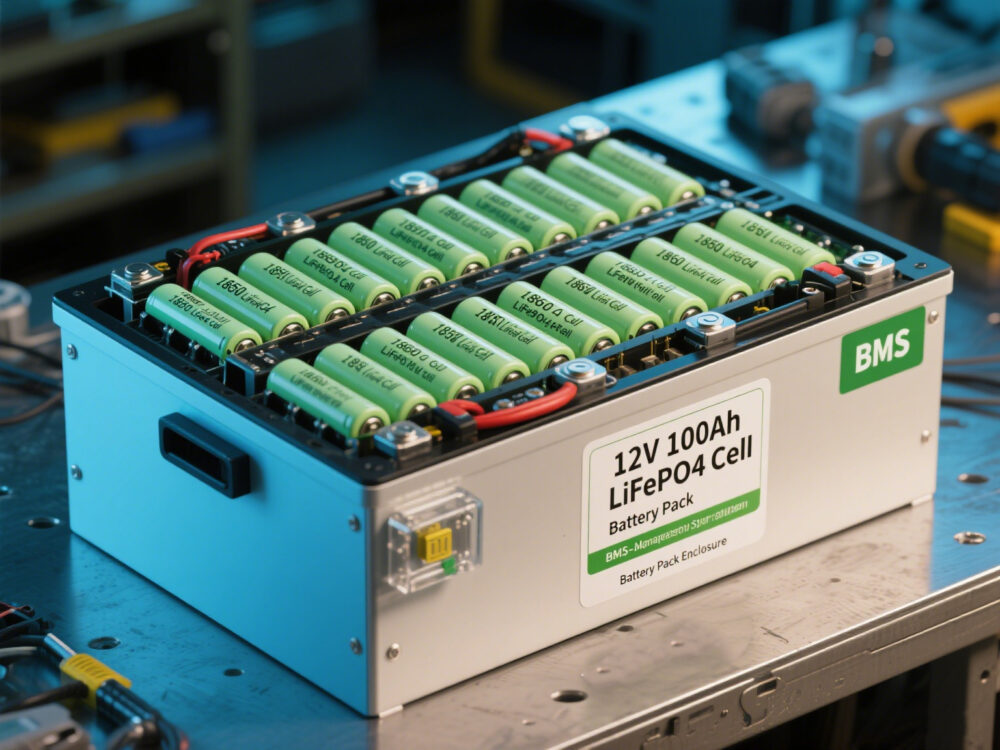
I visited a household where they installed rooftop solar panels with a 12V 100Ah battery pack. Previously, nighttime storage only lasted to about 50%, daytime charging was unstable, and sudden appliance shutdowns were frustrating.
After installing the pack, nighttime storage extended to about 85%, with real-time energy display on a tablet—much more reassuring. But during continuous rainy days, charging slowed, the system displayed “full,” yet discharge capacity dropped, requiring manual intervention. On paper LiFePO₄ batteries are stable, but real-world conditions always introduce variability. This proves that no storage system can fully rely on “ideal parameters”—field adjustments are crucial.
I’ve also used these packs in electric scooters and e-motorcycles. Their high peak discharge ensures smooth acceleration, but if the cells are mismatched or the BMS wiring is wrong, low-speed rides see fast voltage drops and the vehicle loses power.
Once, I wired two DIY packs in series for 24V system to extend range. But since I didn’t configure the BMS properly, one cell’s voltage plummeted too fast in low temperatures, triggering system shutdown. The lesson: DIY storage requires patience, attention to detail, and a solid grasp of electrical principles.
During typhoon season and power outages, one household used a 12V 100Ah pack to run a fridge, router, and lights for 6 hours. The energy drained quickly, but it was far better than losing power instantly. From experience, even high-performance batteries need at least 20% reserve capacity—otherwise the risk is too high.
Building your own 18650 12V 100Ah pack looks cool, but it’s full of pitfalls. A friend of mine tried: from buying cells, assembling, welding, to BMS tuning—it took him three whole days before the system ran stably.
Cost-wise: Full DIY with good parts costs about $300–700, depending on BMS and cell quality. Beware of cheap packs labeled “100Ah”—real capacity may be 10–15% lower, hurting the actual experience.
Advantages:
Challenges:

Conclusion
Overall, the 12V 100Ah 18650 battery pack is like a sharp blade—its power depends on how you use it. If you understand, manage, and handle it well, you’ll enjoy efficient and stable energy storage. If not, even the best specs may backfire. My real-world experience shows that environment, wiring, BMS tuning, and maintenance are the real keys. Technology can’t replace human judgment. The 18650 battery pack is just a tool—it’s how you use it that truly matters.
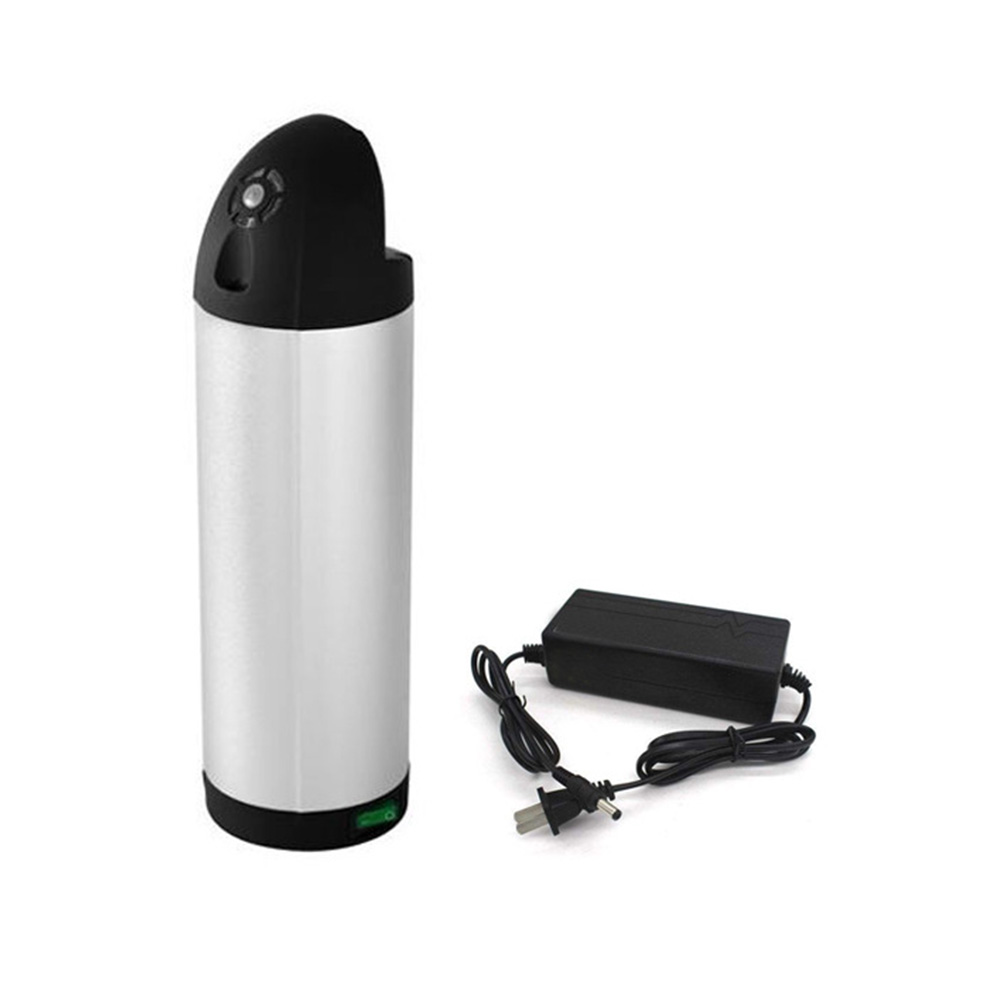
High-performance 36V 10Ah water bottle lithium battery for electric bikes. Lightweight 3.5kg, fast charging in 1.5–2 hours, safe & durable with up to 500 cycles. Ideal for commuting and long rides.
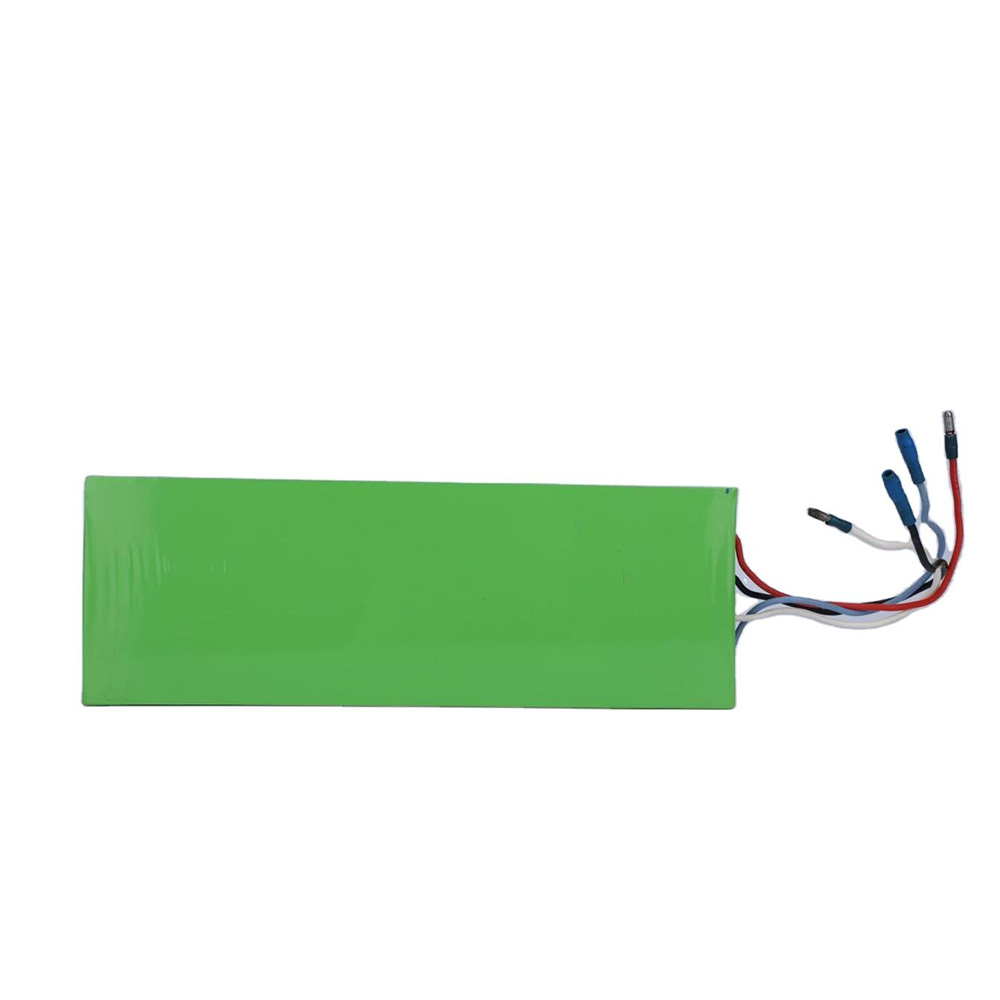
high-performance 18650 Battery 4000mAh, offering stable 24V power and deep cycle support. Perfect for electric scooters, power tools, and energy storage systems. Built-in safety protections ensure long-lasting, reliable performance.
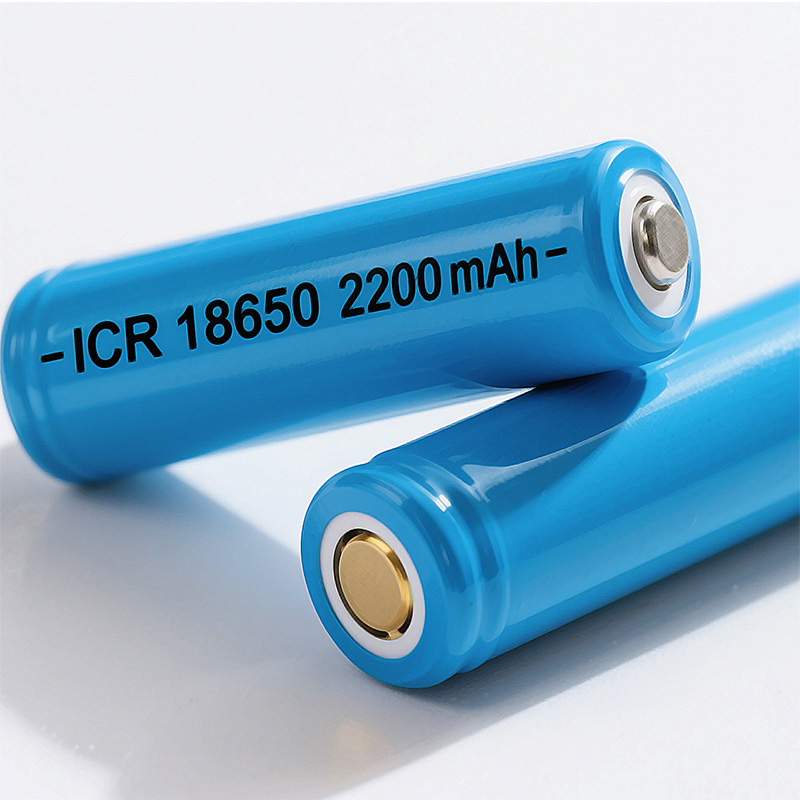
Wholesale ICR 18650 2200mAh 3.7V lithium batteries with optional customized packs. Supports external wiring and various wire leads to meet your project-specific needs.

18650 3.7V 1500mAh lithium-ion rechargeable batteries from China, ideal for flashlights, power banks, electric tools, and more. High capacity, long cycle life, full safety features, and customizable OEM/ODM services. Fast global shipping available.
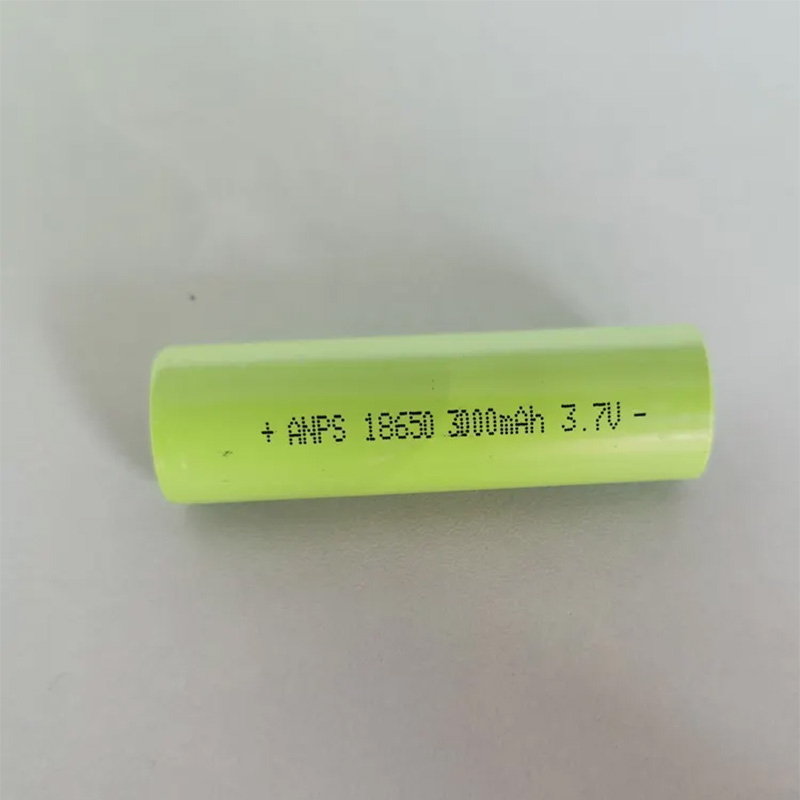
Top-quality 18650 3.7V 3000mAh lithium-ion batteries ideal for electric scooters, power tools, cameras, and more. Long cycle life, stable performance, and customizable options. Fast shipping worldwide. OEM & ODM services available.

High-quality 18650 3.7V 2300mAh lithium ion batteries perfect for flashlights, vape mods, electric scooters, and power banks. Long cycle life, built-in safety features, and flexible OEM/ODM customization available. Fast shipping and competitive pricing for wholesale buyers.

Buy high-quality 18650 3.7V 3300mAh rechargeable lithium-ion batteries ideal for smartphones, tablets, power banks, and electronic devices. Durable, safe, and customizable with built-in protections. OEM & ODM services available. Fast shipping for wholesale orders.
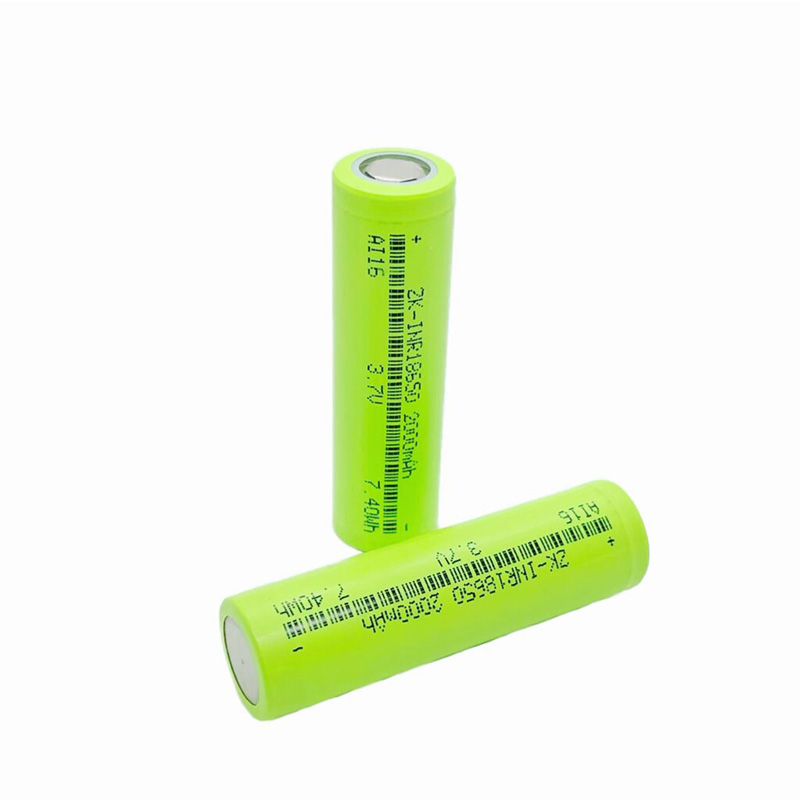
China-made 18650 2000mAh 3.7V lithium-ion batteries, perfect for laptops, power tools, and electric vehicles. Reliable, safe, rechargeable with customization options. Wholesale pricing and fast delivery.
Discover everything about drone batteries—flight time, how to choose the right battery, and tips for maximizing lifespan. Learn why custom drone batteries can make a real difference in endurance and performance
View detailsExplore the advantages and applications of the 24V 100Ah LiFePO4 battery. Higher energy density, longer lifespan, built-in BMS, and safer alternative to traditional lead-acid batteries for vehicles, solar systems, and backup power.
View detailsCurious how a 36V battery performs in an ebike? This guide covers nominal vs actual voltages, capacity & range, safety, design choices, and my own riding experiments to help you choose—or even build—a custom ebike battery that works.
View detailsLearn how to design and assemble a lithium battery pack, from cell sorting and BMS welding to insulation, testing, and final packaging. A complete step-by-step guide.
View details
HelloPlease log in